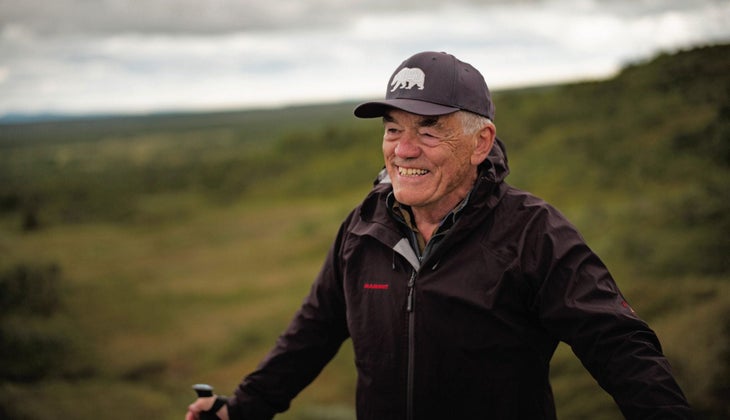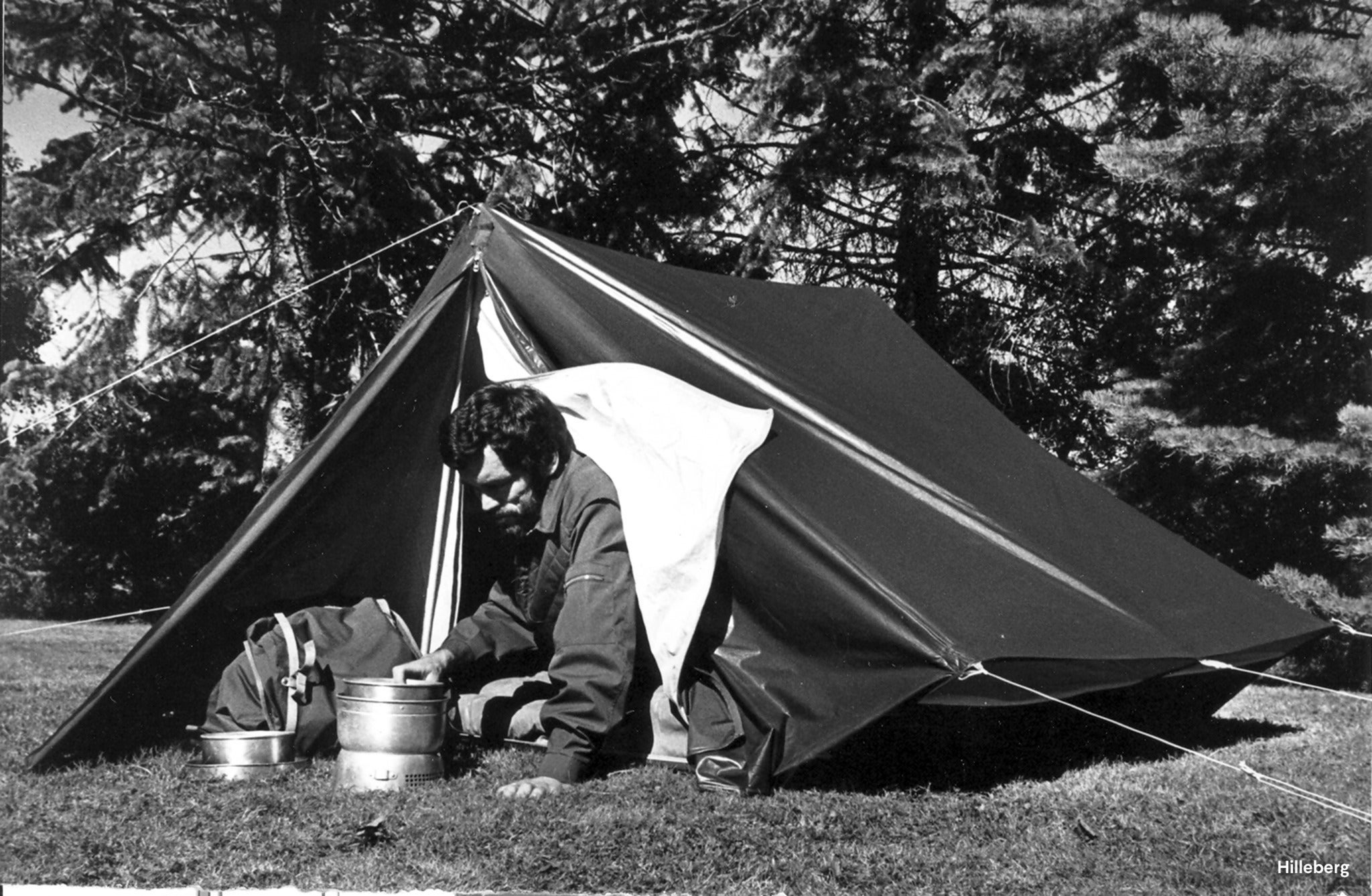When Bo Hilleberg launched his eponymous tent brand, Hilleberg the Tentmaker, in Sweden in 1971, he harbored different goals than many other outdoor industry upstarts.
In the early days, other nascent brands like The North Face and Marmot were expanding into new product categories, but Hilleberg was adamant about sticking to tents. Tents, after all, were what he knew best—from his time exploring the outdoors, serving in the military, and working as a forester. Best to remain loyal to what he knew, he thought.
The business became a family one. Hilleberg’s wife, Renate, co-founded the company and led production until 2010, never veering away from that single, original product category: shelters for all manner of backcountry enthusiasts. Over the course of decades, the Hillebergs never pivoted to backpacks, sleeping bags, or apparel.

The commitment stood the test of time. This year, Hilleberg the Tentmaker is celebrating its 50th anniversary. The brand reached this milestone as a family-owned company, refusing to sell out to a public corporation or private equity firm—a fact that sets Hilleberg apart from many of its competitors.
There have been changes in the last half-century, of course, as the brand expanded into new markets and adopted new channels, but the biggest change has been in leadership: A new generation of Hillebergs is currently leading the company into its next half-century.
Bo and Renate Hilleberg raised their children, Rolf and Petra, in the business. (The two youngsters completed their first solo overnight trip at the ages of five and four, respectively.) Eventually, they came on as an integral part of the company. Rolf continues to serve on the board, and Petra is now CEO of the Hilleberg Group and president of both the European and U.S. operations.
To commemorate the milestone of the brand’s 50th anniversary, we spoke with Bo Hilleberg via phone from his home in Sweden about the company’s past, present, and future. Below is an edited transcript of the conversation.
Congratulations on the 50th anniversary! How did you get to this impressive milestone? To what do you attribute your success?
In my background as a forester, with the military, and spending a lot of time outdoors, I recognized that the tent category was not perfect and that it was possible to develop them with better designs. At the end of the ’60s and the beginning of the ’70s, there were many companies in the outdoor industry that were starting out, and have since grown much bigger than we are. We had a quieter journey, these past 50 years, than some of those companies have had. We’ve been working slowly, and that is the best explanation. We’ve never tried to be the biggest in the world. We’ve just tried to make the best tents. That was our goal.
Why not expand into other categories like others did?
From the beginning, I was focused on tents. The question about making other things would always come up. Many, many people said to me, “You must make backpacks, sleeping bags, clothing, and all these things.” But we have been a little stubborn. I stuck with tents, and I think it was a good choice.
What does Hilleberg’s longevity say about the family culture that you and your wife, and now your children, have built?
When we started the business, my wife and I said we would never let the company take over. We never saw the company as the most important thing in our lives. Family and having time together outdoors were more important. We wanted to enjoy our spare time and be together all these years, and there were never discussions about it. It was just obvious. It had to be that way.
Were there moments in the early days when you doubted Hilleberg’s ability to make it this far?
We never saw any big challenges, and the reason for that is because we worked slowly, we worked conservatively. Of course, there have been mistakes, and we have had problems and small challenges, but nothing so big like going bankrupt, or anything like that. That’s probably because we never tried to grow fast. It’s enough if we grow 4, 5, 6, 7 percent each year. Some years we have grown more, but we never took big risks.
What are the biggest changes you’ve seen in the tent market since 1971?
The two biggest things are that tents are lighter and stronger. The market might have changed, but we don’t look so much at what the market is doing. It’s more about the demands we see from customers. The more tents we sold over the years, the more customers we met, and we saw their demands change over time. We also began selling into more and more countries. What hasn’t changed is our commitment to six important principles for our tents. Reliability, because when I started in the late 1960s, I found the products on the market weren’t so reliable. Adaptability, because when someone buys a tent, they often need to use it in many different ways. Ease of use, because you should be able to erect your tent even in a storm. Durability, because a tent should last many years. Comfort, because we always want to make them as nice as possible. And finally low weight, because they need to be carried in the mountains.
What’s in store for the brand in the next 50 years?
It’s difficult to say. In 50 years, the market has changed quite a lot, and I think it will change a lot in the next 50. I hope consumers will continue to buy from us. We have no idea what will happen, but I think we’ll be OK.


